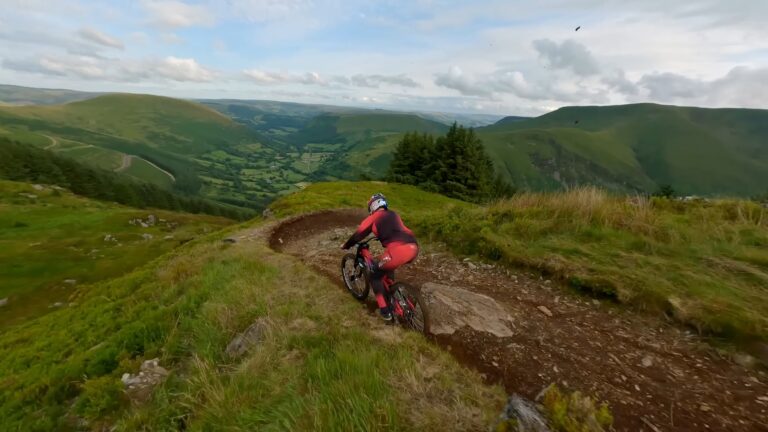Mountain bikes are specifically designed for riding on rough, off-road terrain. They usually have wide tires with plenty of treads to provide traction on loose dirt, mud, and rocks.
Mountain biking is an amazing sport that’s been around for decades. You can take your bike off-road, on dirt, or even just to the local park.
Mountain Bike Features
Many mountain bikers enjoy the challenge of riding up and down steep hills, but some prefer to stick to relatively flat terrain. Mountain biking can be a great way to get outdoors and explore new places, or it can simply be a fun way to exercise. No matter what your goals are, there is a type of mountain bike that will suit your needs.
Here are some of the key features to look for when shopping for a mountain bike:
1. Frame Material
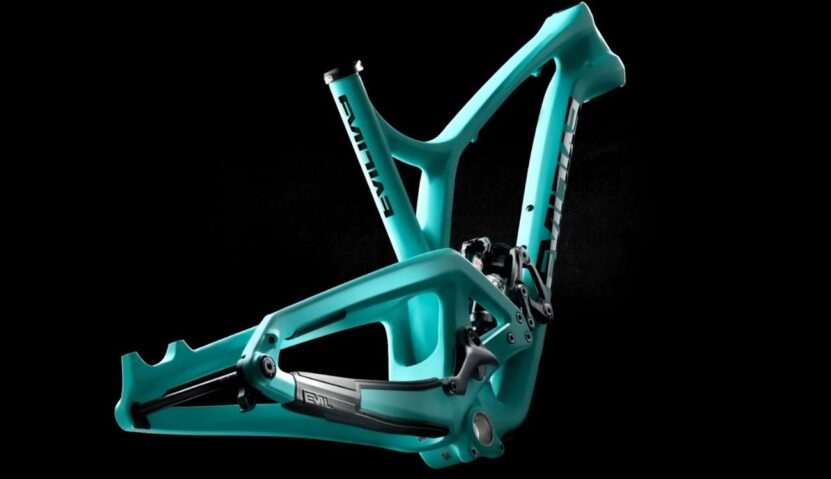
Most mountain bikes have either aluminum or carbon frames. Aluminum is typically the more affordable option, while carbon is lighter and often considered to be stronger and more durable.
2. Wheel size
Mountain bikes typically come with either 26-inch or 29-inch wheels. 26-inch wheels are typically lighter and easier to maneuver, while 29-inch wheels provide more stability and roll over obstacles more easily.
3. Suspension
Many mountain bikes have some form of suspension, which helps to absorb bumps and shocks. This can be either full suspension (front and rear) or hardtail (front only).
4. Brakes
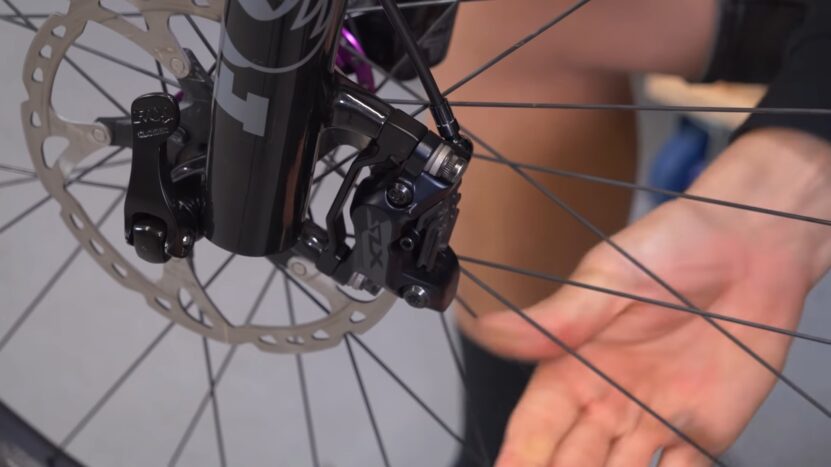
Mountain bikes typically have either disc brakes or rim brakes. Disc brakes are more powerful and offer better-stopping power in all conditions, while rim brakes are lighter and usually less expensive.
5. Gear options
Most mountain bikes have between 21 and 27 gears, which allows you to tackle a variety of terrain. If you plan on doing mostly uphill riding, you’ll want a bike with more gears.
6. Price
Mountain bikes can range in price from around $500 to over $5,000. The price will depend on the bike’s features, quality, and brand. When shopping for a mountain bike, it’s important to keep in mind what type of riding you’ll be doing most often.
If you’re just getting started, it’s probably best to stick with a less expensive model. As you become more experienced, you can upgrade to a better bike. With so many different types of mountain bikes available, you’re sure to find one that’s perfect for your riding style.
7. Weight
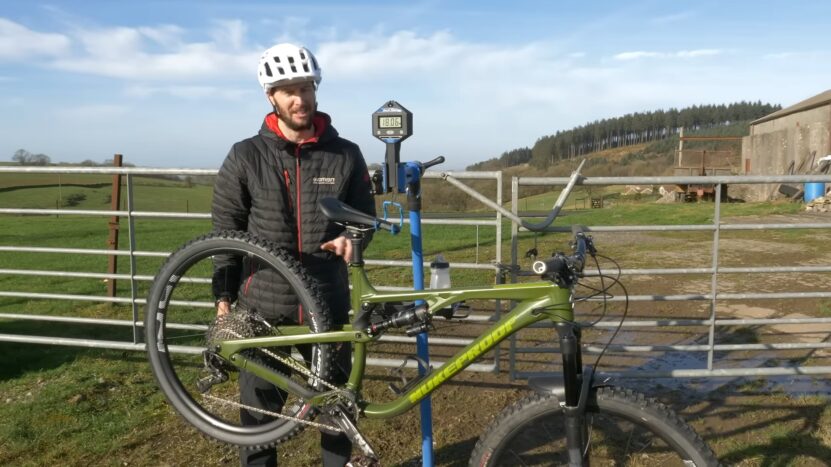
Mountain bikes can range in weight from around 20 pounds to over 40 pounds. Heavier bikes are typically more durable and can handle more abuse, but they can be harder to maneuver. Lighter bikes are easier to ride but may not be as durable.
Biking on trails with varied terrain can be a great workout. You’ll get your heart rate up as you navigate over rocks, tree roots, and other obstacles. And when you’re done, you’ll have the satisfaction of knowing you conquered something challenging. Mountain biking can also be a great way to explore new places.
There are often trails in places you wouldn’t expect, and they can take you to some amazing views. So next time you’re feeling adventurous, consider hopping on a mountain bike and hitting the trail.
4 Types Of Mountain Bikes
Different types of mountain bikes are designed to tackle different terrain and riding conditions. Not all mountain bikes are created equal, so it’s important to choose the right bike for your specific needs.
Here’s a quick rundown of the different types of mountain bikes available:
- Cross-country (XC) bikes are designed for relatively smooth trails and are typically the lightest and most efficient bikes on the market. XC bikes are great for climbing and long-distance riding, but may not be as comfortable or capable on steep, technical terrain.
- Trail bikes are a happy medium between XC and enduro bikes, offering a balance of lightweight, efficiency, and capability. Trail bikes are great for a wide variety of riding conditions and terrain, and are often the most popular type of mountain bike.
- Enduro bikes are designed for more technical and aggressive riding, with longer travel suspension, burly components, and a more downhill-oriented geometry. Enduro bikes are heavier and less efficient than XC or trail bikes but offer more confidence and capability on challenging terrain.
- Downhill (DH) bikes are the burliest mountain bikes on the market, designed for only one thing: going down fast! DH bikes have long-travel suspension, powerful brakes, and extremely low gearing, making them nearly impossible to pedal uphill. As a result, DH bikes are typically only seen at bike parks or lift-serviced resorts.
In addition to the different types of mountain bikes, there are also different wheel sizes to choose from. The two most common sizes are 29″ and 27.5″, with the latter becoming increasingly popular in recent years.
29″ wheels offer greater rollover ability and momentum, making them great for fast, flowing trails. 27.5″ wheels are more nimble and maneuverable, making them better for technical riding. Some mountain bikes even come with mixed wheel sizes, with 29″ wheels in the front and 27.5″ wheels in the rear. Now that you know the different types of mountain bikes available, it’s time to start shopping for your perfect bike!
What Are The Advantages Of A Mountain Bike?
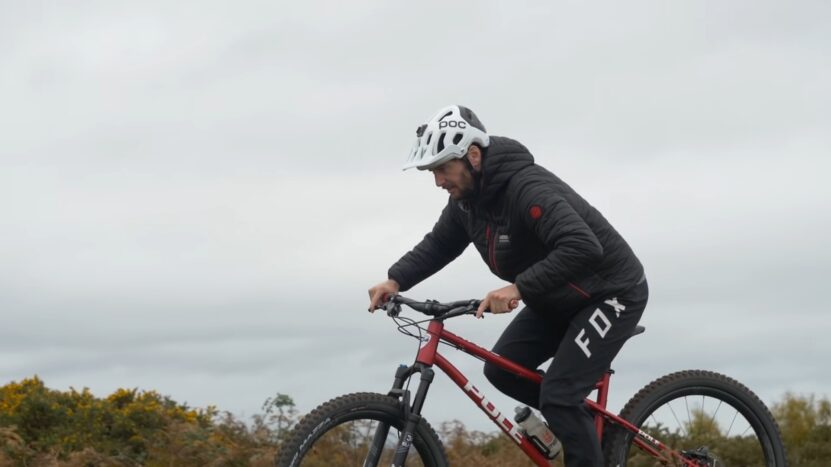
The three main types of mountain bikes are fat bikes, hardtail and full suspension.
Each type of mountain bike has its own advantages and disadvantages.
Hardtail Mountain Bikes:
Hardtail mountain bikes have a rigid frame with no rear suspension.
Advantages
- More affordable than full-suspension mountain bikes
- The lighter weight makes them easier to maneuver
- Good for riding on well-maintained trails
Disadvantages
- Less comfortable to ride on rough terrain
- Not as much shock absorption as full-suspension mountain bikes
Full Suspension Mountain Bikes
Full-suspension mountain bikes have both front and rear suspension.
Advantages
- More expensive than hardtail mountain bikes
- Smoother, more comfortable ride
- Better at absorbing bumps and shocks
Disadvantages
- More expensive than hardtail mountain bikes
- Heavier weight makes them more difficult to maneuver
Fat Bikes
Fat bikes have very wide tires that are designed for riding on snow or sand.
Advantages
- Designed for riding in deep snow or sand
- Very wide tires provide good traction
Disadvantages
- The most expensive type of mountain bike
- Heavier weight makes them more difficult to maneuver
- Not as well suited for riding on trails as other mountain bikes
Now that you know the advantages and disadvantages of each type of mountain bike, you can decide which one is right for you. If you’re just starting out, a hardtail mountain bike may be the best option.
If you’re an experienced rider who wants a smoother ride, a full-suspension mountain bike may be a better choice. And if you’re looking to go off-road in deep snow or sand, a fat bike may be the best option.
What Makes A Mountain Bike Different?
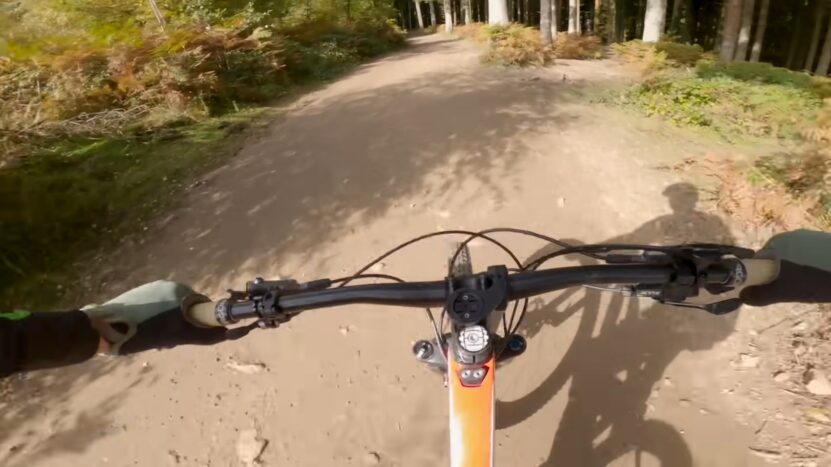
Mountain bikes are designed to be ridden over rough terrain, and as such, they have a number of features that set them apart from other types of bicycles. Perhaps the most obvious difference is their tires, which are much wider and have more tread than those of a road bike or a hybrid.
This gives them better traction and helps to absorb some of the bumps and jolts of riding over rough ground. Mountain bikes also have a different frame geometry to other bicycles, with a shorter wheelbase and a lower center of gravity.
This makes them more maneuverable and easier to control when riding over tricky terrain. The gears on a mountain bike are also designed for climbing hills and powering through mud and sand, so they tend to be lower than on other bikes.
What Are The Good Features Of A Bike?
There are many good features of a bike that make it an excellent choice for transportation. Bikes are much cheaper than cars, so they are more affordable for most people. They also don’t require gas or oil, so they are much more environmentally friendly. Additionally, bikes take up much less space than cars, so they are easier to store and take up less space on the road.
Finally, bikes are much healthier for you than cars since they require you to get some exercise while you travel.
Is A Mountain Bike Suitable For Roads?

Yes, mountain bikes are suitable for roads. However, there are a few things to consider before taking your mountain bike out on the pavement.
- First and foremost, your tires. Mountain bike tires are designed for off-road use, with knobby treads that provide traction in mud and dirt. On paved roads, these treads can actually provide less grip and make pedaling more difficult. If you’re planning on doing any serious road riding, it’s worth investing in a set of road-specific tires.
- Second, mountain bikes are generally wider than road bikes. This can make them harder to handle on narrow roads and in tight spaces. You’ll want to be extra careful when passing cars or riding in groups.
- Finally, mountain bikes are built for rugged terrain. That means they’re usually heavier than road bikes, which can make pedaling up hills a bit more challenging.
If you’re planning on doing a lot of road riding, it might be worth considering a lighter mountain bike or a road bike specifically designed for off-road use. Despite these considerations, mountain bikes are perfectly capable of being ridden on the road. Just be sure to take things slowly at first and invest in the right tires if you plan on doing any serious road riding.
Can You Mountain Bike Every Day?
Yes! You can mountain bike every day, and there are plenty of benefits to doing so. First of all, mountain biking is an excellent form of cardio exercise. It gets your heart rate up and helps to improve your cardiovascular health. Mountain biking is a great way to build muscle and burn calories. In fact, you can burn up to 500 calories per hour mountain biking!
Another great benefit of mountain biking is that it is low-impact. This means that it is easier on your joints than on activities like running or playing tennis. Mountain biking can be done in a variety of settings, so you can find a trail that is perfect for your skill level.
So, there you have it! You can mountain bike every day, and there are plenty of benefits to doing so. So get out there and start pedaling!
What Should I Look For In A Mountain Bike?
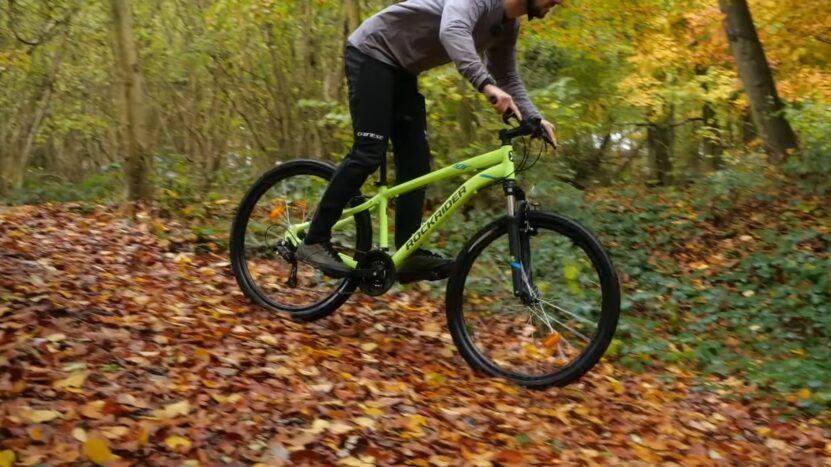
There are a few things you should keep in mind when shopping for a mountain bike.
- First, think about the type of riding you’ll be doing most often. If you’re mostly going to be riding on trails, you’ll want a bike that’s designed for that. If you’re mostly going to be riding on roads, you’ll want a bike that’s designed for that. There are also bikes designed for more extreme riding, such as downhill or freeride.
- Second, think about the size of the bike. Mountain bikes come in different frame sizes, so it’s important to find one that will fit you well.
- Third, think about what kind of features you want on your bike. Do you want suspension? Disc brakes? A certain type of shifter?
- Fourth, think about your budget. Mountain bikes can range in price from a few hundred dollars to several thousand.
Keep all of these things in mind when shopping for a mountain bike, and you’ll be sure to find one that’s perfect for you.
How Do I Choose A Mountain Bike?
When it comes to choosing a mountain bike, there are a few things you need to take into account. The most important factor is probably going to be the terrain you’ll be riding on.
If you’re mostly sticking to dirt trails, then a cross-country bike might be a good option. However, if you’re planning on doing more technical riding, like hitting up some rock gardens, then you might want to consider a more aggressive trail bike.
Other things to think about include the type of suspension you want (full or front), the wheel size (26″, 27.5″, or 29″), and the frame material (aluminum, carbon fiber, or steel). Ultimately, it’s important to find a bike that fits your riding style and budget.
If you’re just getting into mountain biking, or if you’re on a tight budget, then an aluminum hardtail might be a good option. These bikes are typically more affordable, and they’re also lighter weight, making them easier to maneuver on the trails.
If you’re looking for a bike that can handle more technical terrain, then a full-suspension bike might be a better option. These bikes have suspension on both the front and rear of the bike, providing more traction and comfort on rough trails. However, they are typically more expensive and heavier than hardtails.
Finally, if you’re looking for a bike that’s light and fast, then a carbon fiber bike might be the way to go. Carbon fiber bikes are often used by competitive cyclists because they’re extremely lightweight and stiff, meaning they transfer power efficiently. However, they can also be quite expensive.
Is Mountain Bike Good For Long Distance?
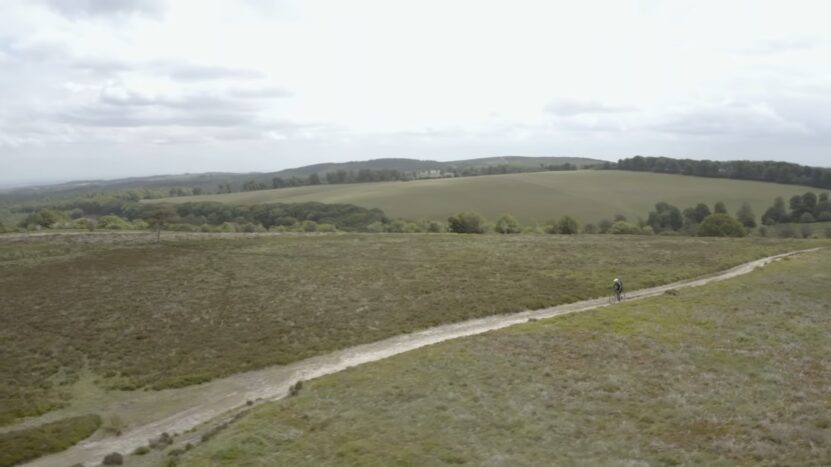
Yes, a mountain bike is good for long-distance. It is comfortable to ride and has a suspension system that can take on rough terrain. Mountain bike also has wide tires that provide good traction and stability, making it ideal for riding on different types of terrain.
Which Is Better, a Mountain Bike Or a Road Bike?
Mountain bikes are designed for off-road riding, and they typically have wider tires, more suspension, and lower gears than road bikes.
This makes them better suited for rough terrain, but it also makes them heavier and less efficient on the pavement. If you plan to do most of your riding on trails or other unpaved surfaces, a mountain bike is a good choice.
Road bikes, on the other hand, are designed for speed and efficiency on pavement. They have thinner tires, less suspension, and higher gears than mountain bikes, making them faster and easier to pedal on smooth surfaces. If you plan to do most of your riding on the road including commuting, racing, or touring, a road bike is a good choice.
Of course, there are also hybrid bikes that combine elements of both mountain and road bikes. These bikes are a good choice if you want to do some off-road riding but also want a bike that performs well on pavement.
No matter which type of bike you choose, be sure to get fitted by a professional to ensure that the bike is the right size and set up for you. This will help you avoid injury and maximize your comfort and performance while riding.
What Should We Check Before Buying A Mountain Bike?
There are a few things you should check before purchasing a mountain bike.
- Firstly, consider what type of mountain biking you will be doing. There are different bikes for different styles of riding, so it is important to get the right one for your needs.
- Secondly, make sure to check the size and fit of the bike. You don’t want to be uncomfortable when riding, so it is important to get a bike that fits you well.
- Lastly, take into account your budget. Mountain bikes can be expensive, so you need to make sure you are getting the best value for your money.
Follow these tips and you will be sure to find the perfect mountain bike for you.
Conclusion
In conclusion, mountain bikes come with a variety of features that can provide you with the best possible riding experience. From shock absorption and frame design to gearing and brakes, there are many different factors to consider when choosing a mountain bike.
However, by taking the time to research the different options available and choosing the right features for your needs, you can be sure to find the perfect mountain bike for an enjoyable ride.

